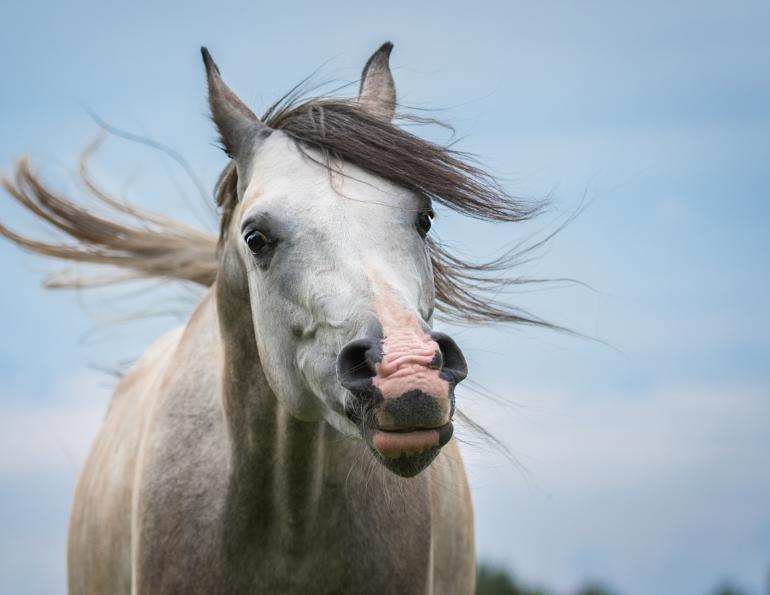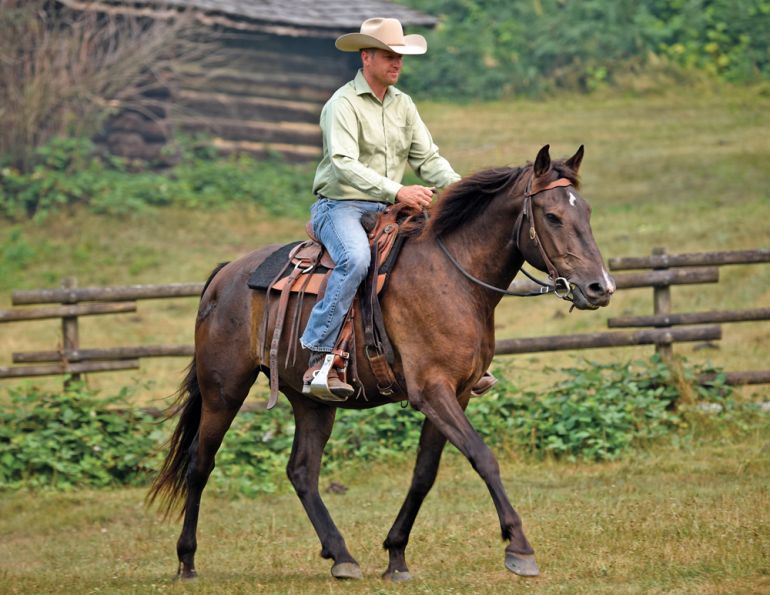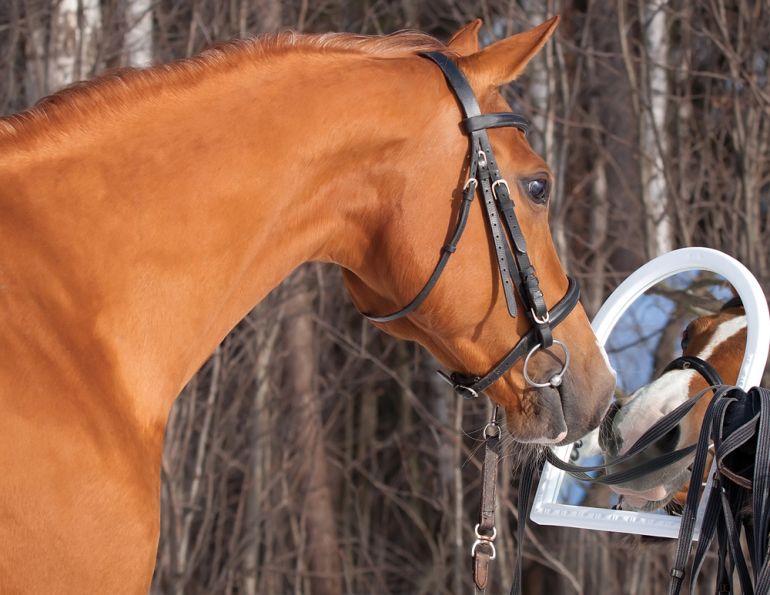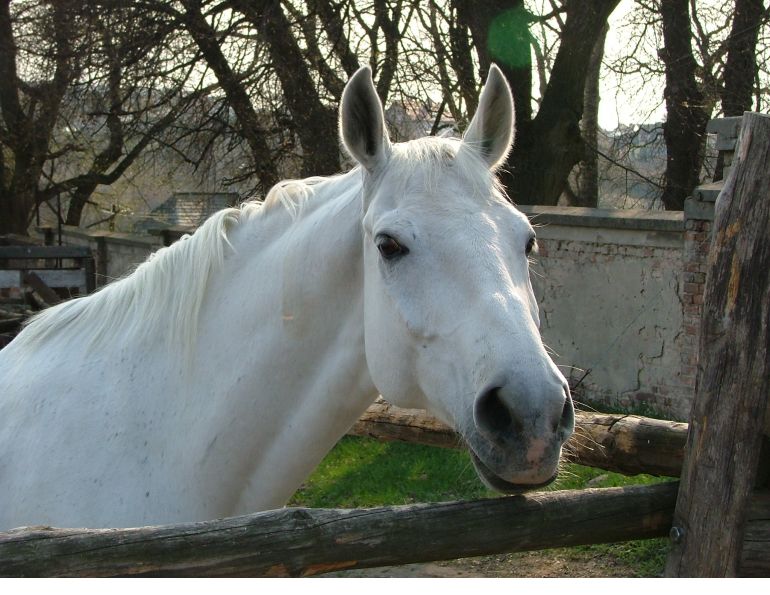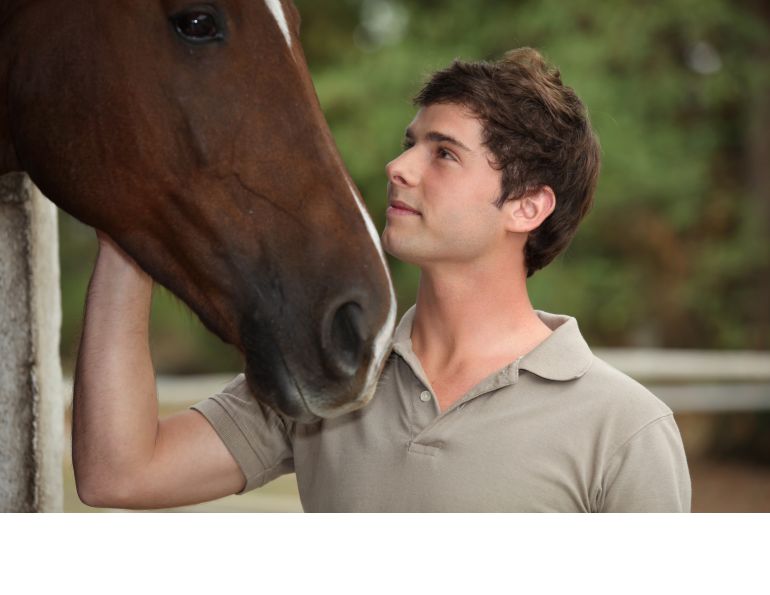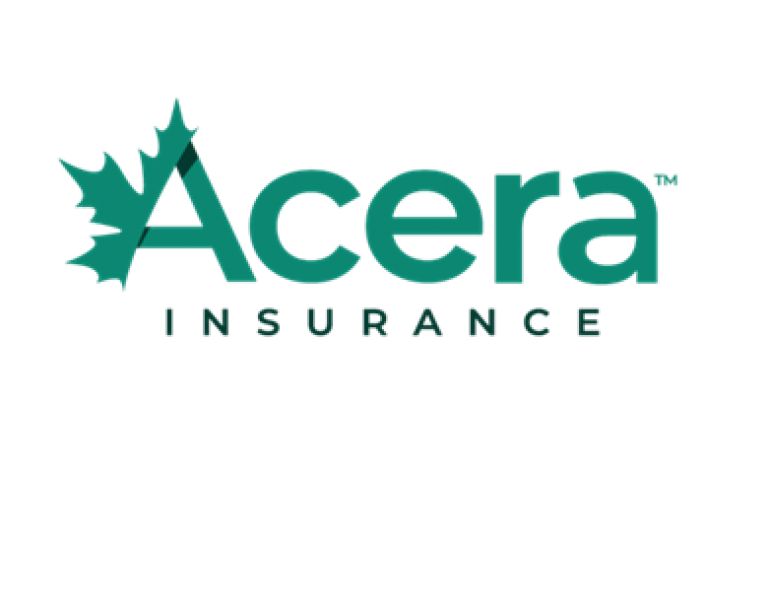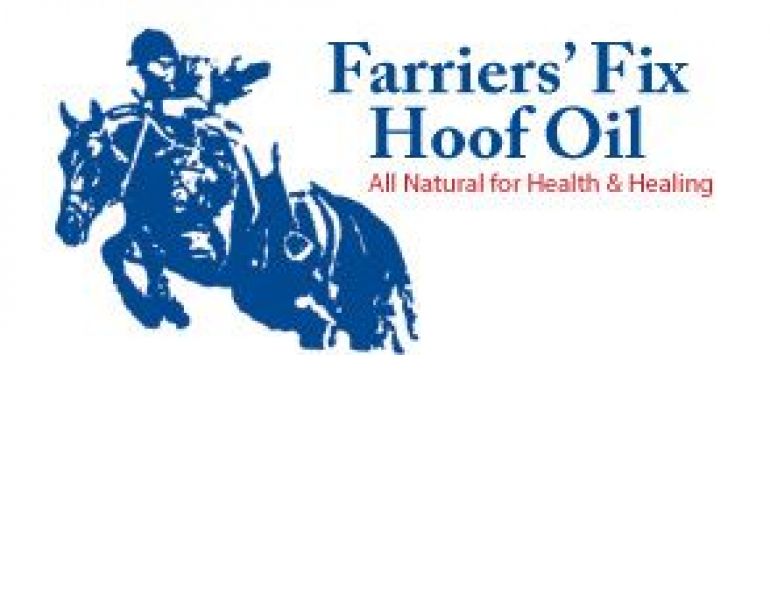By Will Clinging
The techniques I use give me consistent results with a wide variety of horses. By being flexible about when and how I use an exercise, I am able to adjust what I am doing to best suit the horse I am working with. This makes it easier for the horse to be successful, which will help him build confidence in himself, build confidence in me, and encourage him to keep trying.
In my articles, I have explained what I do, assuming that the horse is willing and able to do the work I am explaining. I also assume that any person trying to do what I explain understands the lesson the way I intended it. The individual nature of people leads us to different interpretations of any situation. I take it for granted that not everyone has my experience with the types of horses I train. In my teaching, I attempt to keep those of us who ride green horses out of trouble and progressing with confidence.
Each of us has different individual experience. The rider of a well schooled horse may have the same amount of time in the saddle as the rider of a green horse, or as someone who rides many different horses, but each will have different skills and expectations.
Confidence, timing, balance, feel, intention, adaptability, patience, tolerance, and understanding all play major roles in the training process. “We all rise to our own level of incompetence,” or we can only be as good as we can be. We also need to consider the horse’s “level of incompetence” physically, mentally, and emotionally.
At some point, either the rider or the horse will have trouble with the training process. Photo: Shauna Clinging
No matter how methodical our approach to training, how much time we take, or how experienced we are, it is very likely that we are eventually going to run into trouble. This does not mean that the horse is going to become a bucking, rearing maniac, but rather, at some point we are going to find something that either we or the horse finds very difficult. The way we deal with this difficulty will ensure our success or failure. There is no easy way to see a problem coming, and sometimes there is no easy way to resolve it.
Related: A Good Start - With Foals Timing Is Everything
When we are faced with a problem it is important not to lay blame. Neither we nor the horse is wrong. Problems arise because of misunderstanding, unreal expectations, or lack of preparation. It may seem that the problem arose with no warning — that it just happened. It is my experience that this is not usually the case. The horse does not just decide that he is going to misbehave. The problem is often caused by an accumulation of stress. This stress does not just originate with the particular incident that set it off; this was just the trigger, or breaking point.
The problem is usually deeper rooted than just the surface trigger. It can sometimes be an accumulation of training, not just in one lesson but in the weeks or months of training that preceded the incident. It could be from chronic confusion, or an accumulation of unresolved situations. The problem can sometimes also be mechanical; if the horse is not using his body correctly he will find work more physically difficult. If the work gets to be hard enough, the horse will look for evasions that make it easier.
If difficulties in the training process aren’t dealt with in the right way, they can cause incorrectness and frustration to become the normal attitude of both horse and handler. It is often then that the horse gets labeled as a problem. In reality, the only problem was that the real issue was not diagnosed properly. It is common to work on the obvious — how the horse is expressing himself — when faced with something he may or may not understand. This is only the symptom.
I try to take a more holistic approach to diagnosing the real problem. To really figure out what is going on with the horse, I try to break it down into pieces. Personality, soundness, and experience should all be considered before deciding on an approach to help the horse accept the training process more willingly.
Personality covers a variety of things that make up the mental and emotional side of the horse. Intelligence, confidence, authority, fear, sensitivity, and the ability to think and accept responsibility for his own actions are personality factors that affect how teachable a horse is. Is he bold, cocky, timid, or a bully? This will affect how assertively I try to deal with any situation. How much does he anticipate, and what is he anticipating? Many horses anticipate punishment; if this is the case, I will adjust my approach to change patterns in training and eliminate anticipation.
Soundness is often a factor when horses start to have difficulty with training. A sore back, stiff muscles and physical fatigue, an ill fitting saddle, too much lunging, deep footing, and over-riding should be considered as factors and adjusted accordingly.
Experience should be measured and reevaluated. Does the horse associate what we are doing with something bad from his past? Fear through association is very real. The bad training that caused his fear needs to be re-taught to remove the negative association. Or perhaps the horse is more schooled than we are, and is frustrated with us for not asking for things correctly?
I could probably list dozens of other factors that will affect the horse’s ability to deal with training. Ultimately I am looking for more triggers. Any trigger is an expression of unwillingness to accept something, or the misunderstanding of what was expected. It can be a bit intuitive to know which, and there are different solutions and approaches to resolve each situation, and the wrong approach may not only be ineffective but can cause more volatile circumstances.
Remember, it is the trainers and riders who put the horse into situations with which they often have no tools to cope. In reality all training problems stem from us. It is not about laying blame, but rather about accepting responsibility for what has happened and dealing with it in a reasonable way. If a situation is beyond our ability, then we should get more experienced help. Coaches, trainers, vets, chiropractors, massage therapists, and Reiki practitioners may be able to add some insight as to how to help you or your horse through a particularly difficult part of his training. Sometimes it is better to give him a break and let him absorb the lessons already taught. It is more important to step back and reevaluate what has happened than it is to try to work or ride him through it.
Related: How to Get and Keep Your Horse's Attention
Main photo: Shauna Clinging - It is more important to take a step back and reevaluate what has happened than it is to try to work or ride through it.




